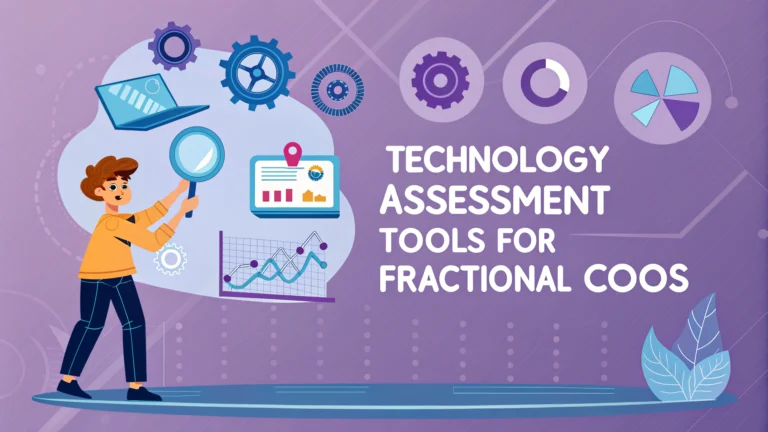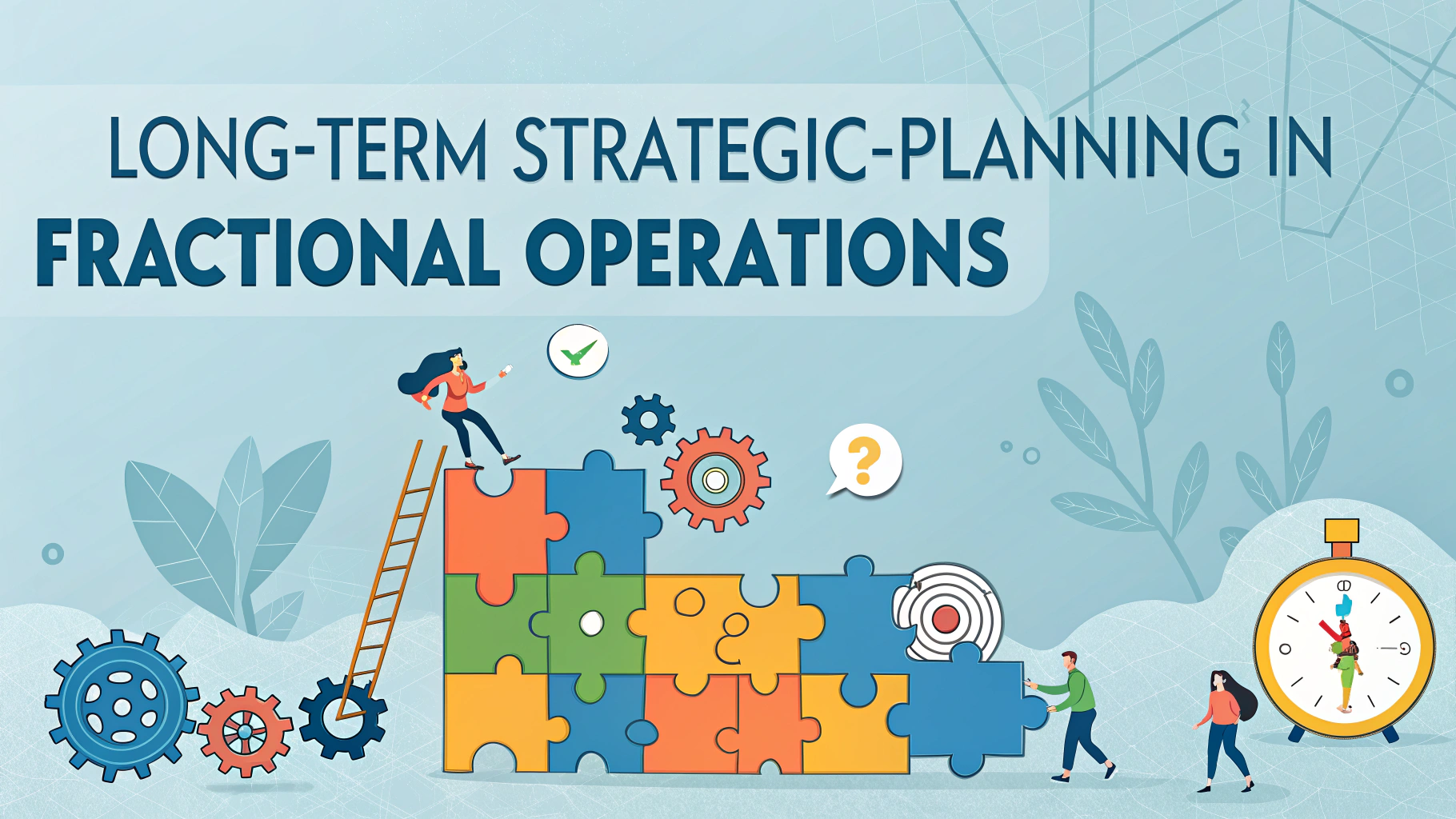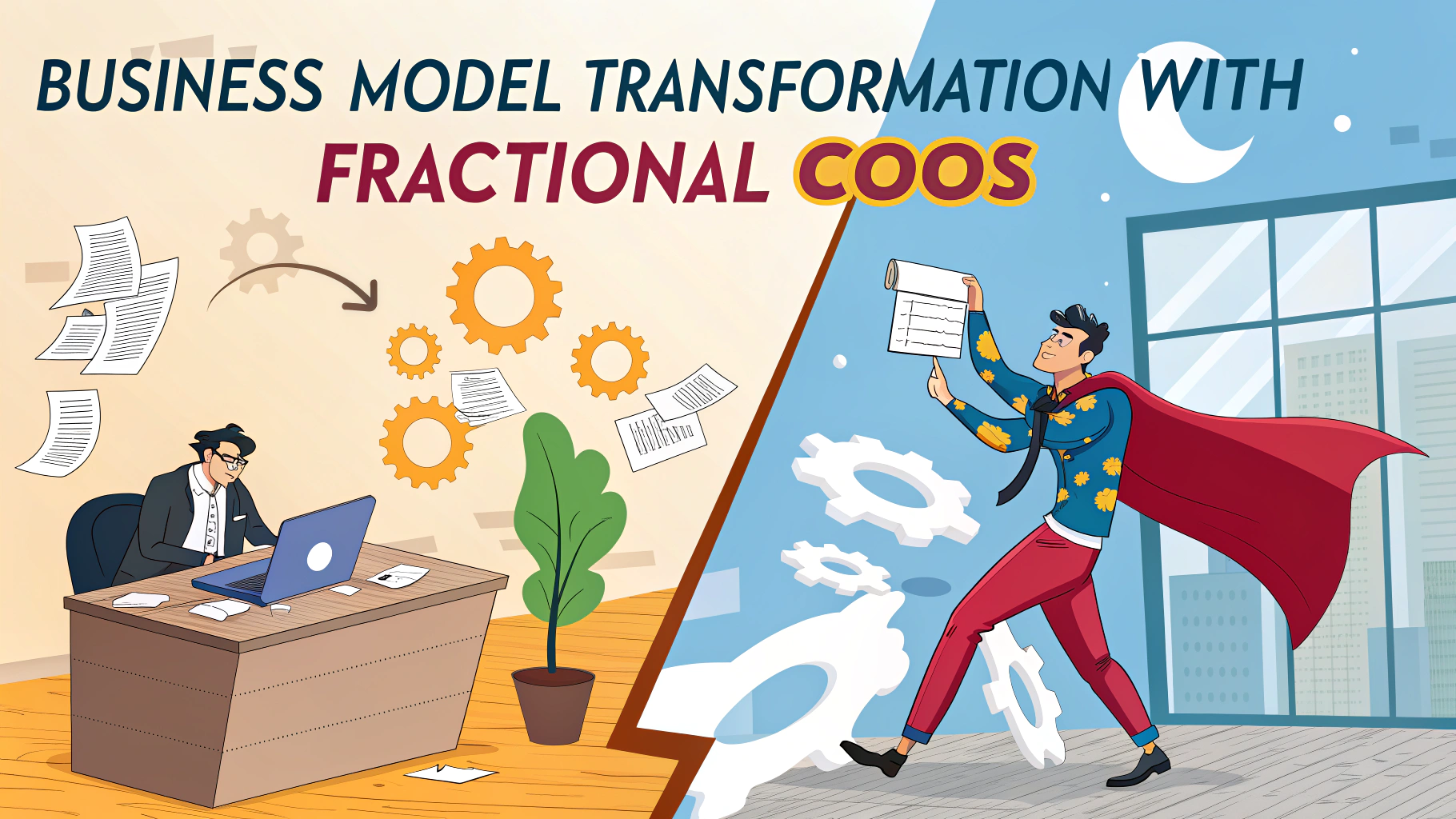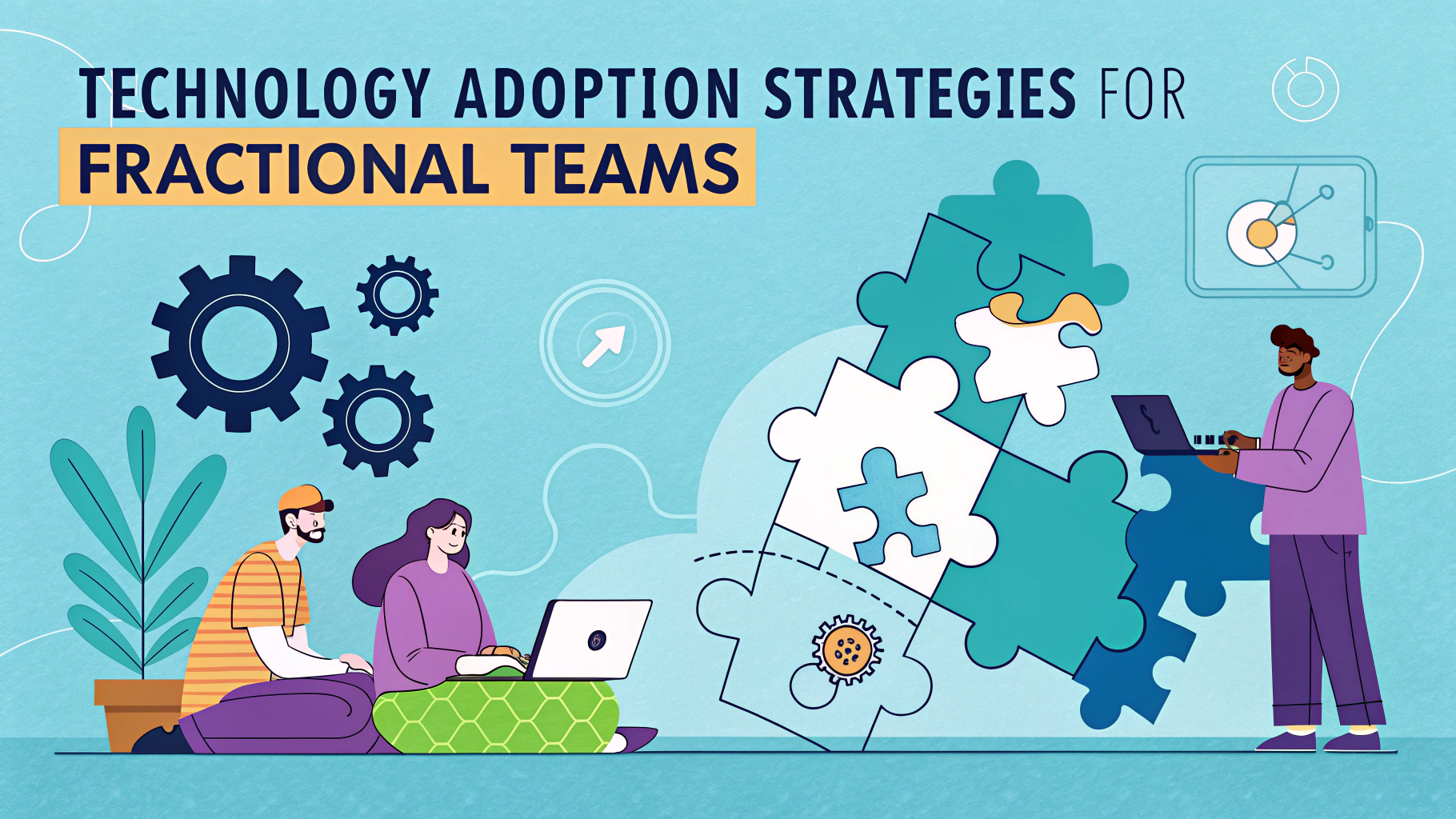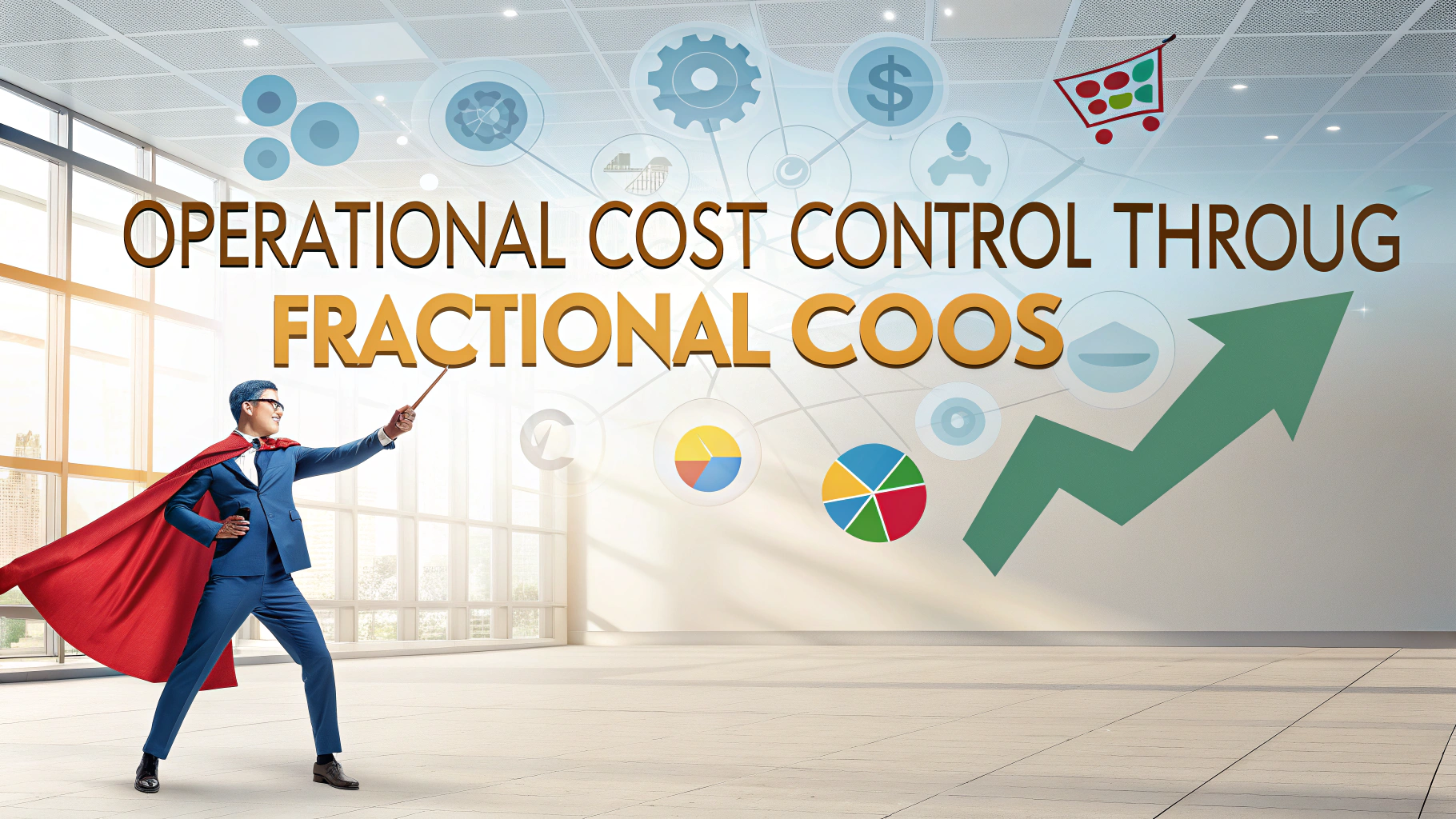A Fractional COO needs reliable technology assessment tools to effectively evaluate and optimize business operations across multiple organizations.
These tools help identify operational inefficiencies, streamline processes, and make data-driven decisions about technology investments.
This guide explores essential technology assessment tools that enable Fractional COOs to deliver maximum value to their client organizations.
Core Technology Assessment Tools
- Process Mapping Software
- Lucidchart – Visual process documentation
- Microsoft Visio – Enterprise-grade process mapping
- Draw.io – Free, open-source alternative
- Project Management Platforms
- Monday.com – Operations workflow management
- Asana – Task tracking and team collaboration
- ClickUp – Customizable project views
Data Analysis & Reporting Tools
- Business Intelligence
- Tableau – Data visualization
- Power BI – Microsoft ecosystem integration
- Looker – Cloud-native analytics
- Financial Analysis
- QuickBooks Enterprise – Accounting insights
- Sage Intacct – Financial management
- NetSuite – ERP solutions
Technology Stack Evaluation Tools
| Tool Category | Recommended Solution | Best For |
|---|---|---|
| Infrastructure Assessment | AWS Well-Architected Tool | Cloud infrastructure review |
| Security Assessment | Qualys | Vulnerability scanning |
| Performance Monitoring | New Relic | Application performance |
Operational Efficiency Tools
- Workflow Automation
- Zapier – Integration automation
- Automate.io – Business process automation
- Make (formerly Integromat) – Complex workflow design
- Resource Planning
- Resource Guru – Team scheduling
- Float – Resource allocation
- 10,000ft – Resource forecasting
Communication & Collaboration Tools
- Team Communication
- Slack – Real-time messaging
- Microsoft Teams – Video conferencing
- Zoom – Remote meetings
- Document Collaboration
- Google Workspace – Real-time editing
- Microsoft 365 – Enterprise document management
- Confluence – Knowledge base creation
Getting Started with Technology Assessment
Begin by conducting a technology audit using a structured assessment template (IT Governance Assessment Tool).
Create a prioritized list of technology gaps and improvement opportunities.
Develop a roadmap for implementing new tools and retiring legacy systems.
Next Steps for Technology Implementation
Start with a pilot program using one or two critical tools.
Measure ROI and user adoption rates before expanding tool implementation.
Schedule regular technology stack reviews every 6-12 months to ensure continued alignment with business objectives.
Change Management Best Practices
- Stakeholder Engagement
- Create detailed communication plans
- Establish feedback loops
- Document training requirements
- Implementation Strategy
- Phase-based rollout approach
- Clear success metrics
- Contingency planning
Cost-Benefit Analysis Framework
- Direct Costs
- Licensing fees
- Implementation costs
- Training expenses
- Expected Benefits
- Productivity gains
- Cost savings
- Process improvements
Risk Management Considerations
| Risk Category | Mitigation Strategy | Impact Level |
|---|---|---|
| Data Security | Encryption protocols | High |
| System Integration | API compatibility testing | Medium |
| User Adoption | Comprehensive training | Medium |
Maximizing Technology Investment Success
Document baseline metrics before implementing new tools.
Create a robust governance structure for technology decisions.
Establish clear ownership and accountability for each tool implementation.
Maintain flexibility in tool selection to accommodate changing business needs.
Foster a culture of continuous improvement and technology adoption.
FAQs
- What are essential technology assessment tools used by fractional COOs?
Key tools include project management software (like Asana or Monday.com), business intelligence platforms (like Tableau or Power BI), ERP systems, workflow automation tools, and performance monitoring solutions. - How do fractional COOs evaluate a company’s existing tech stack?
They conduct technology audits, assess integration capabilities, review system efficiency, analyze ROI on current tools, evaluate security protocols, and identify gaps in technological capabilities versus business needs. - What metrics do fractional COOs use to measure technology effectiveness?
Common metrics include system uptime, user adoption rates, process automation efficiency, cost per transaction, time saved through automation, data accuracy rates, and ROI on technology investments. - How do fractional COOs determine which technology solutions to implement?
They analyze business requirements, assess budget constraints, evaluate scalability needs, consider integration requirements, review vendor reliability, and examine implementation complexity against available resources. - What role do fractional COOs play in technology vendor selection?
They lead vendor evaluation processes, negotiate contracts, assess service level agreements, coordinate proof of concept trials, and ensure alignment between vendor capabilities and business objectives. - How do fractional COOs ensure successful technology adoption?
They develop change management strategies, create training programs, establish clear implementation timelines, set up feedback loops, and monitor user adoption metrics to ensure successful technology integration. - What security considerations do fractional COOs evaluate in technology assessment?
They assess data protection measures, compliance requirements, access control systems, disaster recovery capabilities, encryption standards, and cybersecurity protocols. - How do fractional COOs balance cost versus functionality in technology decisions?
They analyze total cost of ownership, evaluate ROI potential, consider scalability costs, assess maintenance requirements, and compare features against business needs to make cost-effective technology decisions. - What are the key integration factors fractional COOs consider when assessing new technology?
They evaluate API capabilities, data migration requirements, compatibility with existing systems, integration costs, and potential impact on current workflows. - How do fractional COOs measure the success of technology implementations?
They track key performance indicators, monitor user adoption rates, measure productivity improvements, analyze cost savings, and assess impact on business processes and outcomes.
